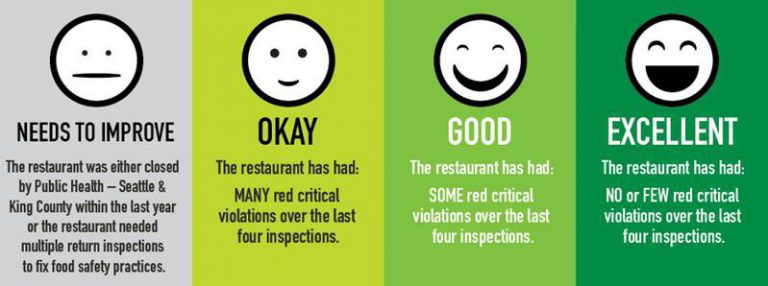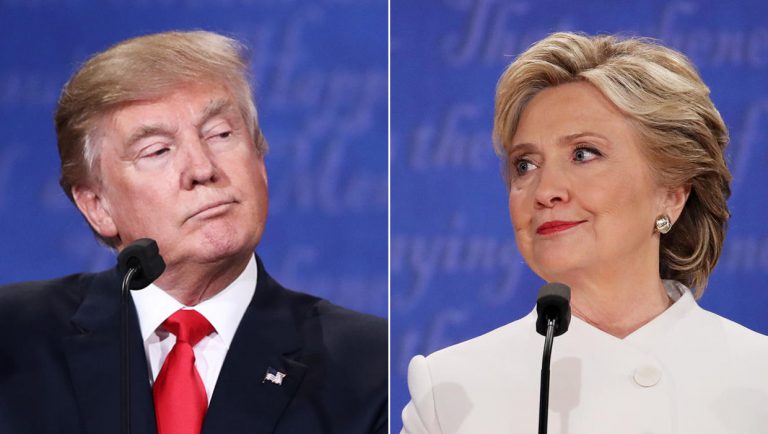Which Seattle Restaurants Have Had the Most Closures Forced by Inspectors?
King County’s Restaurant Inspection Grades, which is based upon the average of red-card violations in the past four inspections I’m exploring the Python stack for data analysis and machine learning. I know I’m late to the party, but have only recently discovered the impressive Jupyter Notebook (formerly IPython) data analysis platform and community. It makes…

